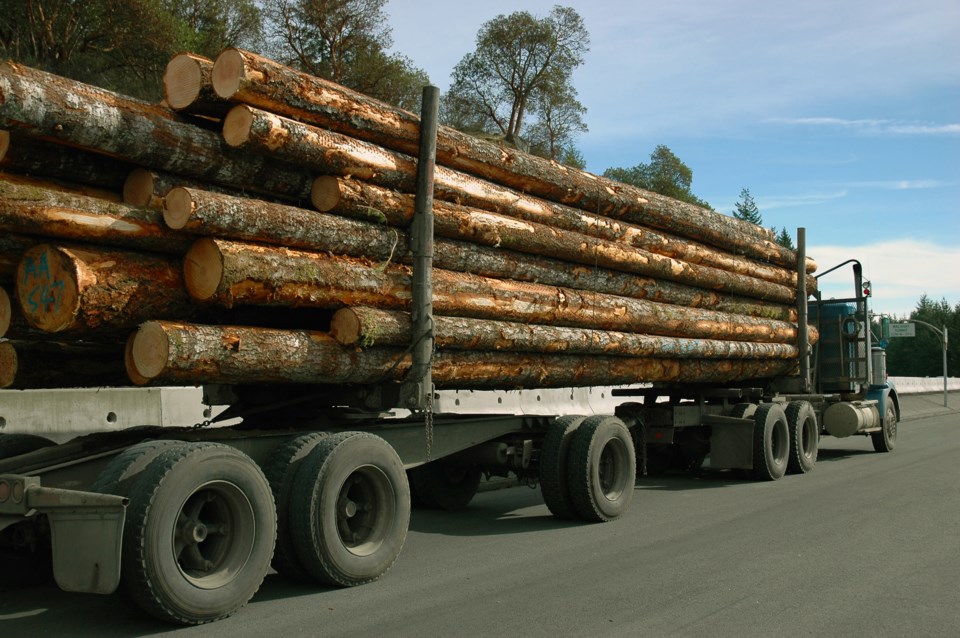“A perfect storm of negative, negative, negative.”
That’s how veteran forest industry analyst Russ Taylor describes of the current state of the B.C. lumber industry. Sadly, the bad news is probably far from over.
“We have very, very weak U.S. market prices right now, a function of extremely wet weather which has caused a lack of building across America,” says Taylor, the Managing Director of Forest Economic Advisers Canada, who notes the current wave of sawmill shutdowns and layoffs could easily get worse before it gets better.
Taylor laments that while a 2010 report from his group predicted 16 mill closures, they now foresee a further 11 operations shuttering by 2028. Describing the plight of this year’s lumber market as “unprecedented” in the aftermath of extreme weather, record wildfires, and the outbreak of tree-killing beetles, Taylor warns that by the time the downturn finally ends, British Columbia could be left with just 70 lumber mills in total, compared with 110 in 2006.
While the current struggles facing lumber producers are the result of several factors including oversupply, environmental challenges and rising government stumpage rates, Taylor also argues that high wages are a major factor:
“It does cut back on the number of jobs, unfortunately, because you have to be automated, and quite honestly, the union wages are so high that companies are forced to automate.”
While several forest companies have announced a series of production curtailments in a bid to reduce of glut of wood in the market, few communities have suffered an economic body blow as painful as the one in the small township of Vavenby, about 150 kilometers north of Kamloops.
“This is brutal, it’s going to take millions out of our economy” sighs Clearwater Mayor Merlin Blackwell, “this was the diagnosis that nobody wanted to get.”
Blackwell describes the shock his region felt following Canfor’s recent announcement that it was permanently closing the company’s nearby Vavenby sawmill, eliminating 182 high-paying jobs. Blackwell stresses that while locals had a feeling that something might happen as a result of the current forest industry downturn, Canfor’s decision to mothball the region’s main employer by the end of July wasn’t anticipated.
“It feels like getting a diagnosis of an illness. You’re in shock at first and then you feel sick to every bone in your body,” says Blackwell, pointing out retail activity has dropped dramatically since the sawmill closure was confirmed.
While the current outlook for B.C. lumber production appears bleak, Russ Taylor is convinced better days will come again. He asserts that while the current lumber price is well below a break-even point for forest companies, a meaner and leaner industry will be reason for optimism when prices recover, and costs are lower.
“This may be an ugly season right now, but the next generation has something they can count on,” assures Taylor.
For now, forestry-dependent communities can only hope. Only a year ago, the base price for lumber was $650 per thousand board feet, as opposed to the current average price of only $290. However, for the hundreds of workers facing layoffs or even complete job loss, certain uncertainty has become a way of life.
As always, I welcome your comments and criticism on Twitter @kammornanchor and email [email protected].
Bob Price is a veteran B.C. broadcaster who anchored the morning news on CHNL radio in Kamloops for the past 30 years. Bob is also a past Webster Award winner whose previous stops included Vancouver and Calgary.



